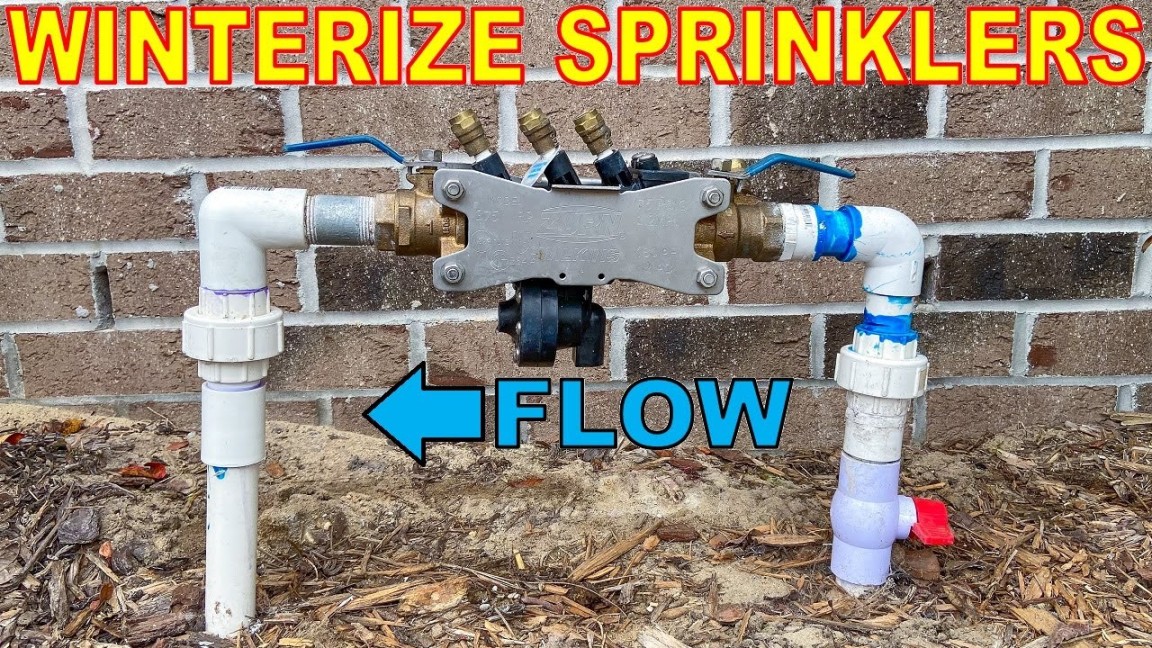Sprinkler Backflow: A Gardener’s Guide to Prevention
Sprinkler backflow is a serious issue that can contaminate your drinking water. It occurs when water flows backward through your sprinkler system, potentially carrying harmful substances like pesticides, fertilizers, and bacteria into your home’s water supply. While it may not be a top-of-mind concern for many gardeners, understanding backflow prevention is crucial for safeguarding your family’s health.
What Causes Sprinkler Backflow?
Several factors can contribute to sprinkler backflow, including:
The Risks of Sprinkler Backflow
Backflow can introduce harmful contaminants into your drinking water, leading to health issues like:
Preventing Sprinkler Backflow
To mitigate the risks of backflow, consider these preventive measures:
Choosing the Right Backflow Prevention Device
The type of backflow prevention device you need will depend on various factors, including local regulations and the specific risks associated with your water supply. A qualified plumber or irrigation specialist can help you select and install the appropriate device.
Conclusion
By understanding the causes and risks of sprinkler backflow, and by taking proactive steps to prevent it, you can protect your family’s health and ensure a safe and reliable water supply. Remember, prevention is key.

